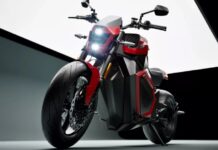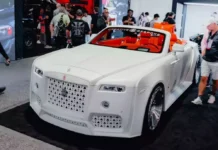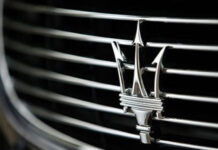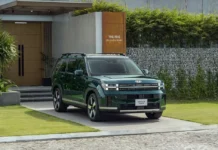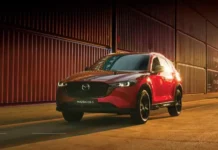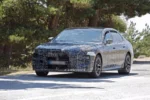When did BMW design reach its pinnacle? There’s no definitive answer, but most agree that the period from the 1980s to 2000 was its most glorious era. For many, the 507 Roadster, penned by Albrecht von Goertz in the late 1950s, remains the most beautiful car to ever bear the BMW logo. However, as we step into the 2020s, controversial designs have become the norm in Munich. The revival of the Neue Klasse project is now seen as a turning point: a shift away from overly flamboyant details, particularly in the kidney grille.

BMW Vision Neue Klasse Concept
Oliver Heilmer, tasked with shaping the design for compact, mid-size, and M-series vehicles, shared his insights in an interview with GoAuto (Australia). According to him, the current trend is shifting toward a more understated aesthetic: “Everything is becoming more serene. Design doesn’t need to be overtly aggressive to command attention. It can be far more subtle. That’s the phase BMW is entering. We’re talking about monolithic surfaces—clean, calm, yet brimming with emotion.”
Heilmer also confirmed that the iconic kidney grille—BMW’s DNA—will remain, but its design will vary by model. For SUVs, vertical slats will be used, reminiscent of the 1933 303, the brand’s first six-cylinder sedan. Meanwhile, sedans like the 3 Series and the upcoming i3 will feature a horizontal, wider kidney grille inspired by the 507 Roadster, one of BMW’s most iconic models.

BMW stands by its controversial decisions of recent years, such as the oversized grilles on the M3 and M4. Heilmer notes that customers appreciate the boldness and see it as a valid approach. However, some familiar elements won’t return, like the beloved “Angel Eyes” round headlights. Chrome, once a symbol of luxury, is also fading away, replaced by intricate LED daytime running lights. Split headlights will continue to feature on many new models, including the 2024 7 Series facelift and the 2027 X7. These details will undoubtedly divide enthusiasts, much like the XM, which is unlikely to see a successor.
BMW plans to launch over 40 facelifts and new-generation models by 2027, all embodying the Neue Klasse design language. The brand also aims to expand its lineup in 2029 with a rugged high-riding model, though it won’t be as extreme as the Mercedes G-Class.

While the exterior embraces minimalism, the interior is undergoing a radical transformation. The 2027 BMW iX3 will debut a completely new cockpit, featuring a 17.9-inch central display and the Panoramic Vision system. This technology divides the HUD into nine zones: three fixed zones replace traditional gauges, while the remaining six are customizable. The iconic iDrive rotary controller will be phased out, replaced by touchscreens and voice commands, with physical buttons minimized.


This philosophy mirrors the exterior’s focus on sleekness and modernity but carries risks. Over-reliance on screens may diminish tactile feedback, a concern already prompting other automakers to reintroduce physical buttons based on customer feedback.
In the coming years, BMW’s entire lineup will undergo a dramatic transformation. Neue Klasse not only defines the design language but also marks a shift to electric vehicles while retaining internal combustion models. This approach allows BMW to embrace technological advancements while preserving the sporty luxury spirit that has defined the brand for over a century.
The All-New BMW Gen6 Pin: Unveiling the Ultimate Driving Machine with an Astounding 900km/h Top Speed.
BMW has unveiled a groundbreaking new electric vehicle battery technology, which boasts an impressive 30% increase in range and a similarly significant 30% boost in rapid DC charging speed. This cutting-edge innovation promises to revolutionize the electric vehicle industry, offering drivers an enhanced experience with greater efficiency and performance. With this development, BMW reinforces its commitment to sustainability and positions itself at the forefront of the electric mobility revolution.




